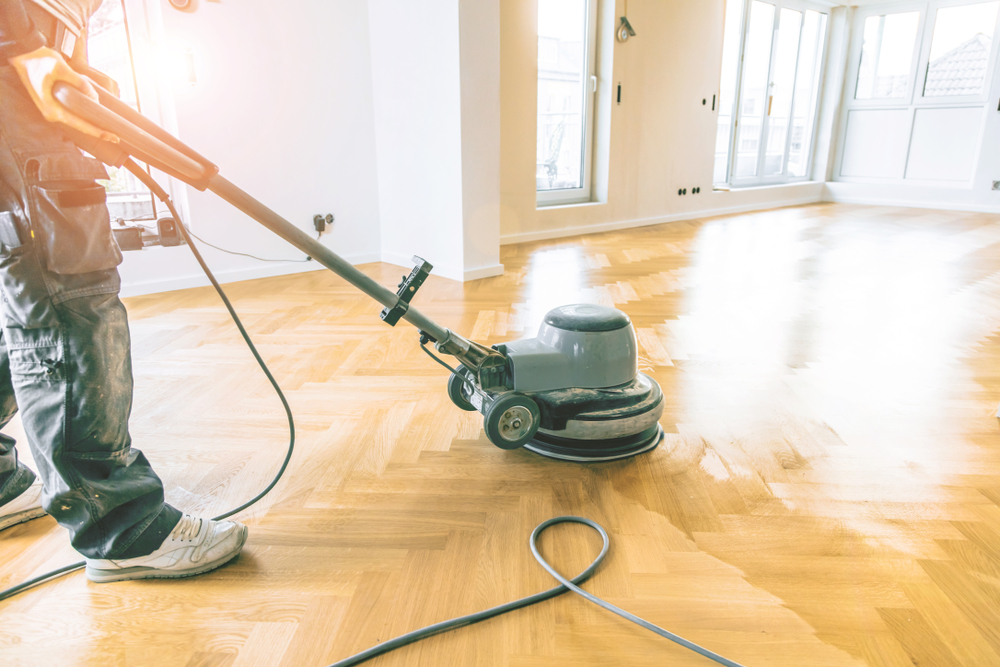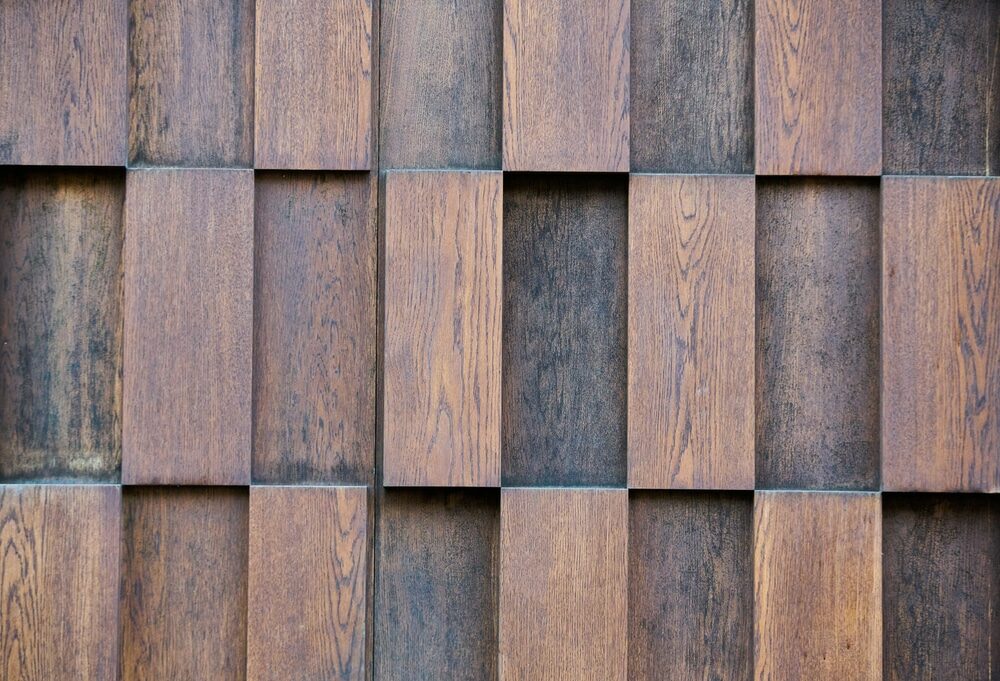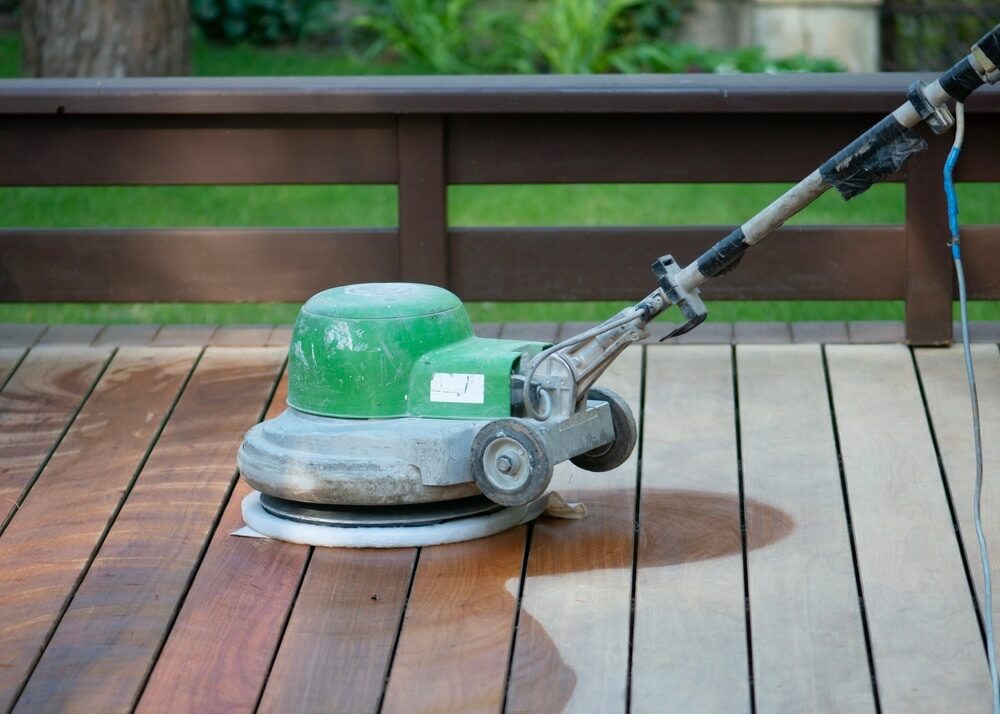London:
Nationwide:
Common Mistakes to Avoid in Orbital Sanding for Floors
Posted on August 26, 2023
Floor sanding techniques
Avoiding Pitfalls: Top Mistakes in Orbital Sanding for Floors Explained
Ah, the charm of a beautifully sanded wooden floor! It’s a sight that breathes life into a room, reflecting the gleam of sunlight in summer and the glow of a fireplace in winter. But achieving this beauty is not without its pitfalls. A beginner, and sometimes even an old hand, can fumble, resulting in a floor that’s less “dazzling beauty” and more “dreadful botch-up”. Herein, I wish to impart some wisdom on the common mistakes one might make during the process of orbital sanding floors.1. Neglecting to Prepare the Surface
A surface improperly prepared is like a pot of tea made without first boiling the water. It simply will not do. Before sanding, ensure the floor is free of nails, staples, or any other sharp protrusions. Not only can these damage the sandpaper, but they can also gouge the wood, leaving unsightly marks.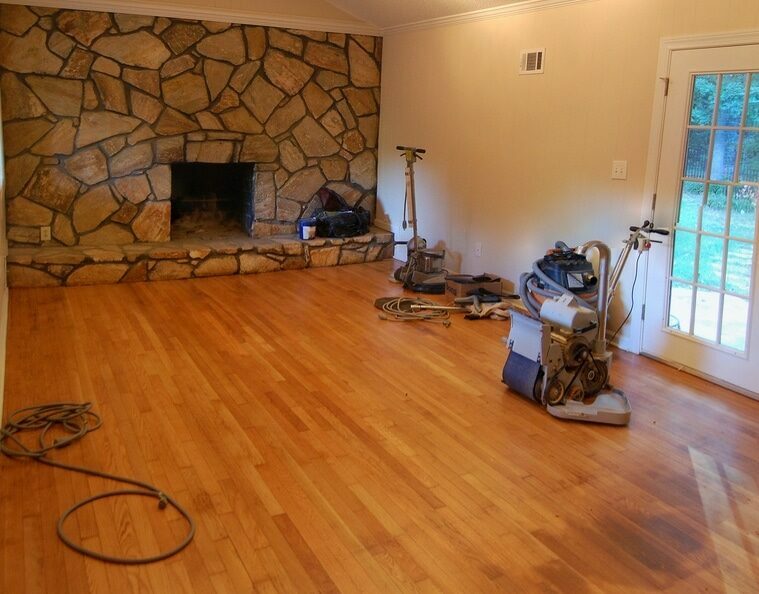
2. Skimping on sandpaper quality
To think that all sandpapers are created equal is a fallacy. Using low-quality sandpaper can result in an uneven finish. It’s a tad more expensive, yes, but investing in high-grade sandpaper can mean the difference between a floor that’s merely “acceptable” and one that’s “exceptional”.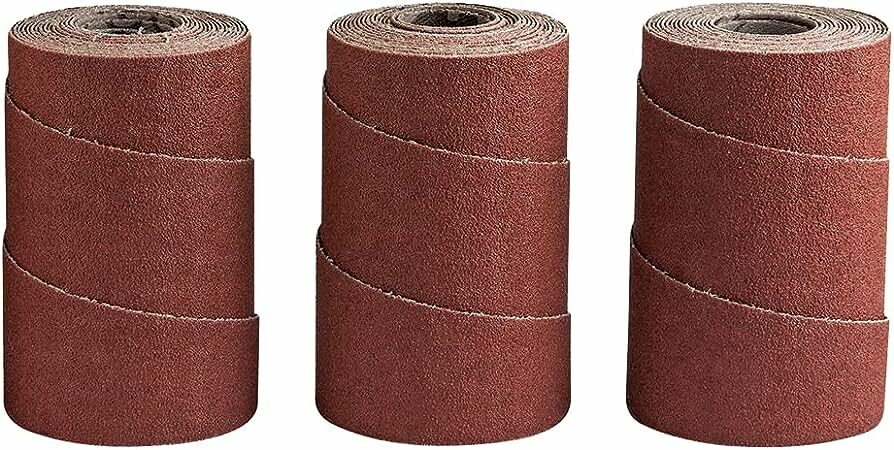
3. Not starting with coarse grits
When beginning the sanding process, there’s a certain eagerness to witness the wood’s metamorphosis. However, patience is a virtue. Starting with a finer grit might seem like a sensible choice, but it’s paramount to initiate with coarser grits. This ensures the removal of old finishes and deep scratches, setting the stage for the smoother grits to shine.4. Skipping Grits
Once you’ve embarked on your sanding journey, don’t be tempted to leapfrog from a very coarse grit to a fine one. Progression is key. Skipping grits can leave deeper scratches that finer sandpaper can’t properly rectify.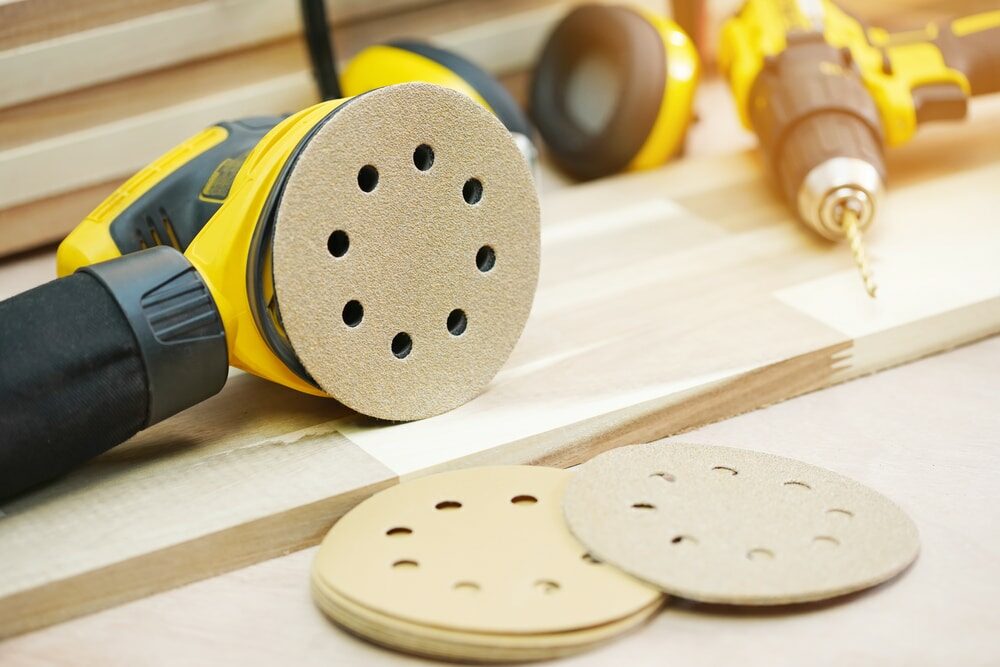
5. Pressing down Too Hard
Enthusiasm, while commendable, can sometimes lead one astray. Applying excessive pressure to the sander might seem like it would hasten the process. However, it can result in uneven sanding, not to mention unnecessary wear on the machine and sandpaper.6. Moving too quickly or slowly
Orbital sanders are not to be rushed, nor should they be leisurely strolled across the floor. A consistent, moderate pace ensures that the sander has adequate time to do its job without causing hollows or depressions.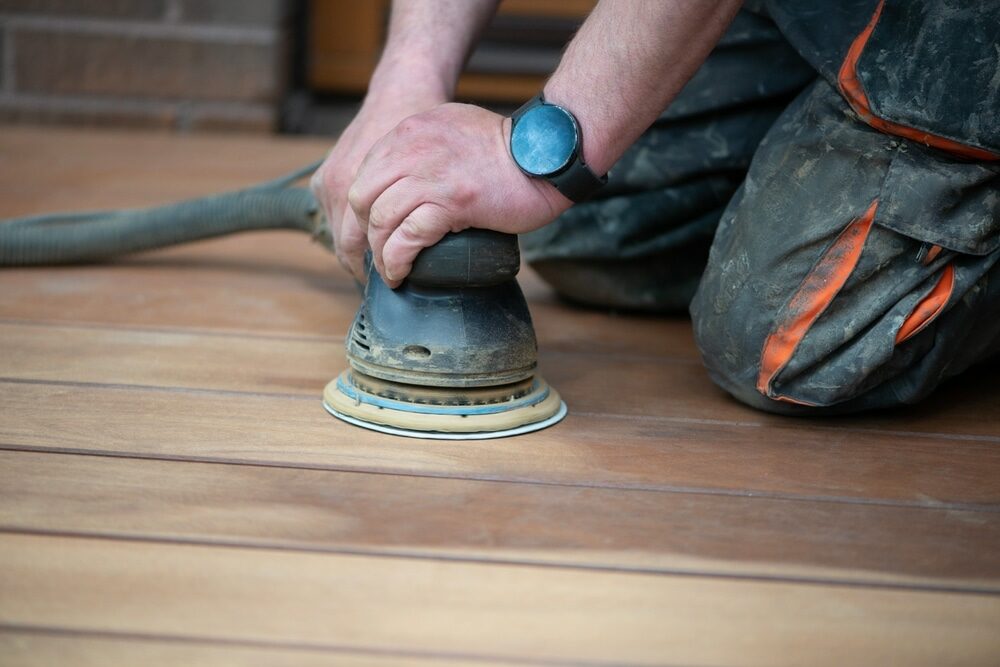
7. Not cleaning between sandings
Just as a writer wouldn’t pen a novel without occasionally dipping his quill, so too must one pause to clean between sandings. Dust and debris can become trapped, marring the subsequent sanding process. Regularly vacuum the floor and wipe with a damp cloth to ensure a pristine work surface.8. Failing to Protect Yourself
The machinery, while transformative for wood, can be hazardous to humans. Always wear safety goggles to protect your eyes from dust. A dust mask or respirator is equally critical to prevent the inhalation of fine particulates. Remember, safety first!
9. Neglecting the edges
The main expanse of a floor might be what catches the eye, but the edges and corners frame the masterpiece. Failing to properly sand these areas can result in a jarring contrast. Use a smaller hand sander or sanding block to ensure these areas are not overlooked.10. Not checking your progress
In the fervour of the task, one might neglect to periodically check their progress. Pause occasionally, brush away the dust, and inspect the floor for any unevenness or missed spots.11. Oversanding the Surface
When zeal meets wood, the result can be a surface sanded down too thin. This not only weakens the structure of your flooring but can also reduce its lifespan. Always be attentive to the amount you’re taking off, and remember, the goal is refinement, not depletion.12. Ignoring machine maintenance
An orbital sander, like all mechanical devices, craves attention. Failing to regularly check and clean your machine can lead to uneven sanding or even mechanical failure. Regularly inspect for worn-out parts and ensure the device is free of excessive dust and debris.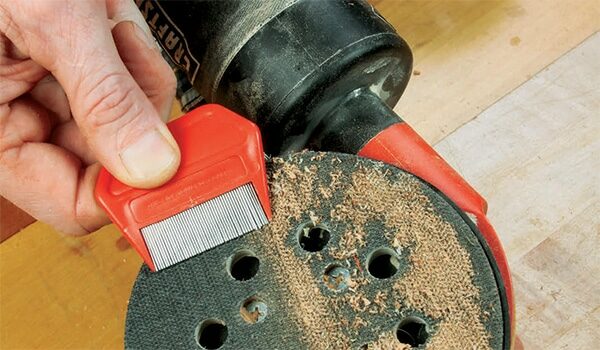
13. Not Testing on a Hidden Spot
Before diving into the full expanse of your flooring, always test your sander on a hidden spot. This will allow you to understand its behaviour and adjust your technique accordingly without risking visible errors.14. Sanding Against the Grain
While sometimes you might need to sand across the grain for stubborn areas, always finish by sanding with the grain. This aligns with the wood’s natural structure and gives it a more harmonious finish.15. Not controlling ambient conditions
Temperature and humidity can significantly affect your sanding process. High humidity might swell the wood, while excessive dryness might make it too brittle. Control the environment as best you can for optimal results.16. Using a Clogged Dust Bag
A dust bag filled to the brim is a hazard. It reduces the efficiency of the sander and releases more dust back into the room. Empty it regularly for a cleaner, healthier, and more efficient work environment.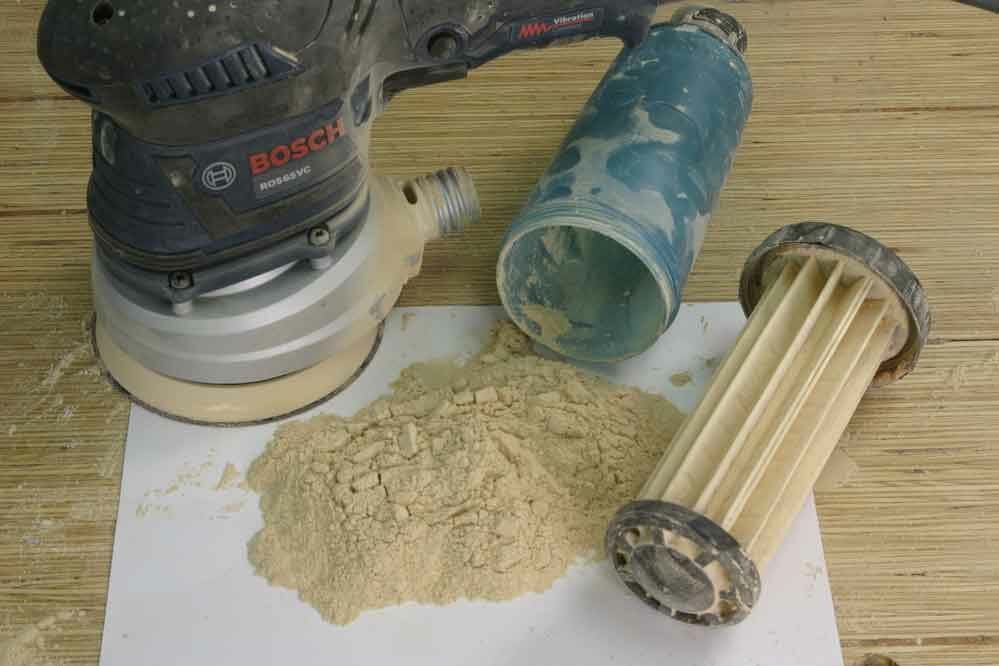
17. Not allowing for dust settlement
After sanding, it’s a common error to rush into the next stage of floor finishing. Always allow time for the dust to settle, then vacuum and clean the area thoroughly before applying stains or sealants.18. Over-relying on the Orbital Sander
An orbital sander is fantastic for many tasks, but it’s not the be-all and end-all. For some tasks, like getting into tight corners or doing detailed work, hand sanding or a different tool might be more appropriate.19. Ignoring worn-out sandpaper
Sandpaper doesn’t have an eternal lifespan. Using worn-out sandpaper not only reduces efficiency but can also damage the floor. As soon as the sandpaper seems less effective or if you notice it’s smoothed out, it’s time to replace it.20. Being Inconsistent in Overlapping Strokes
While sanding, overlapping your strokes ensures a consistent and even finish. Failing to maintain uniform overlap can result in noticeable marks and ridges on the floor.Conclusion
the art of sanding, much like any other craft, requires patience, precision, and a touch of finesse. By heeding these cautionary tales, one can sidestep the pitfalls that lie in wait and achieve a floor that’s a testament to both the beauty of wood and the skill of the craftsman. And remember, in the grand tapestry of woodworking, a mistake is not the end. It’s merely an opportunity to learn, refine, and perfect. After all, every wooden floor, with its grains and textures, tells a story. Ensure yours is a tale worth telling.Some Useful Links:
- Stairs Sanding & Refinishing
- Floor Sanding Services
- School Floor Sanding
- Wood Floor Restorations
- Wood Floor Repairs
- Wood Floor Polishing
More from our Blog:
Tips for Achieving Smooth Finishes with Orbital Sanding The Importance of Dust Extraction in Orbital Sanding The Role of Sandpaper in Orbital Sanding for Floors Best Practices for Orbital Sanding Techniques How to Choose the Right Orbital Sander for Floor Sanding The Pros and Cons of Orbital Sanding for Floor Restoration Understanding the Mechanics of Orbital Sanding How to Choose Between Drum Sanding and Hand Sanding of Wooden Floors
Sanding
We provide virtually dust-free sanding with our continuous belt machinery with mobile extraction units, giving you a safer environment for your family.
Oiling
This organic finish not only adds beauty to your home but also has exceptional water-repellent characteristics, making it easier to clean and maintain.
Waxing
This natural floor finish offers the softest and most mellow appearance – and leaves your floor able to breath.
Buffing
Using soft buffing machines (and hand-polishing where required) will bring a wonderful sheen to your newly-finished floor.
Repairs
We offer a full assessment of your wooden floors to determine what repairs are needed to provide the perfect working surface for the later stages of sanding, staining and sealing.
Restoration
We offer a comprehensive restoration process designed to address floors that are improperly fitted or damaged over time through wear and tear.
Request a fixed price quote for your wood floor restoration now
Simply enter your postcode below to get started.
Services
Wood Floor Sanding Wood Floor Restoration Wood Floor Scratch Repair Squeaky Wood Floor Repair Parquet Floor Sanding Parquet Floor Restoration Commercial Floor Sanding Church Floor Sanding Community Centre Floor Sanding School Floor Sanding Gap Filling Gap Filling with ResinCopyright © Mr Sander®
Privacy & Cookies Terms & Conditions Complaints Procedure Cancellation Rights Sitemap